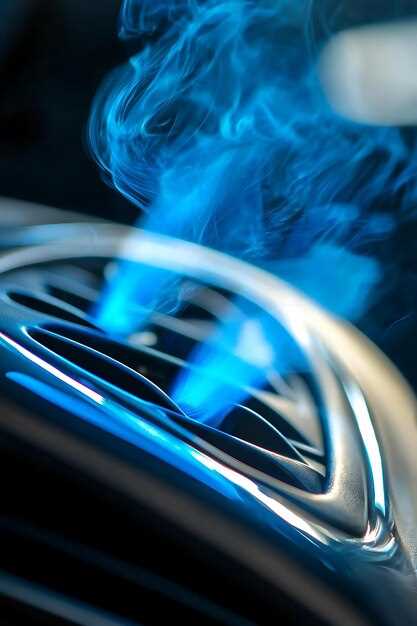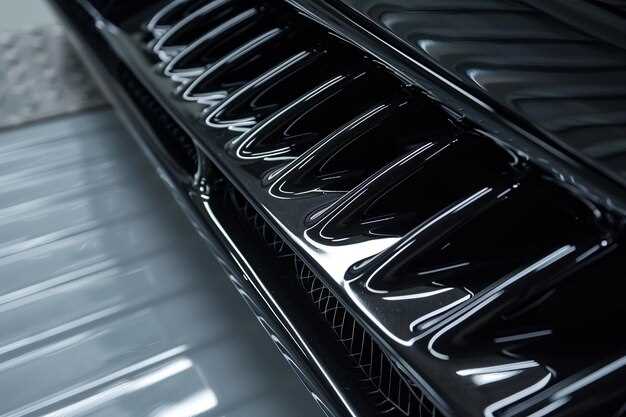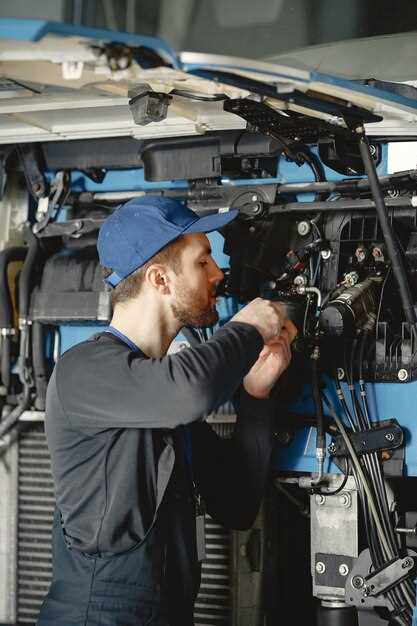
In the world of high-performance vehicles, maintaining optimal engine temperatures is critical for achieving peak performance and longevity. This is where cooling systems, particularly radiators and oil cooling solutions, play a crucial role. These systems are designed to dissipate excess heat generated during operation, ensuring that the engine operates within its ideal temperature range.
The radiator serves as the heart of the cooling system, responsible for transferring heat away from the engine coolant. It uses a combination of air flow and coolant circulation to effectively lower temperatures. Understanding the intricacies of how a radiator functions can greatly enhance a driver’s ability to monitor and maintain their vehicle’s performance, especially in demanding driving conditions.
In addition to the radiator, oil cooling systems are essential in high-performance applications. They help regulate the temperature of the engine oil, which lubricates and protects engine components from wear and tear. By keeping the oil at the right temperature, these systems not only improve performance but also extend the lifespan of the engine.
Understanding the Role of Oil Coolers in Engine Performance
Oil coolers play a critical role in maintaining optimal engine performance, especially in high-performance vehicles. These components help regulate the temperature of engine oil, which is essential for ensuring smooth operation and longevity of the engine. As the engine operates, friction generates heat, raising the oil temperature. If the oil exceeds its optimal operating temperature, it can lead to reduced viscosity, which hampers its ability to lubricate and protect vital engine components.
The oil cooler functions by transferring heat away from the engine oil to the surrounding air or coolant, effectively using the principles similar to those of a radiator. By dissipating excess heat, the oil cooler helps maintain the oil temperature within a specified range, ensuring it retains its lubricating properties. This is particularly important in high-performance scenarios, where engines are subjected to greater stress and higher temperatures.
Moreover, a well-designed oil cooler contributes to improved engine efficiency and performance. Cooler oil enhances the engine’s ability to respond quickly and generates more power. When oil is efficiently cooled, it also assists in preventing overheating of other engine parts, reducing the risk of mechanical failure. In racing and high-load situations, the efficient performance of an oil cooler can be the difference between peak engine performance and catastrophic engine failure.
In summary, the importance of oil coolers cannot be understated. They serve as essential components that ensure optimal oil temperature, enhance lubrication, improve engine efficiency, and contribute to the overall longevity of high-performance engines. Properly integrating an oil cooler can lead to significant improvements in performance, reliability, and durability in high-demand driving conditions.
How Radiators Function in High-Performance Motors

In high-performance motors, the radiator plays a critical role in maintaining optimal engine temperatures, ensuring reliability and efficiency under extreme conditions. The primary function of a radiator is to dissipate heat generated by the engine during operation. This heat needs to be effectively managed to prevent overheating, which can lead to catastrophic engine failure.
The radiator operates through a process of heat exchange. Engine coolant, which circulates through the engine, absorbs heat from the engine block and other components. As this heated coolant flows into the radiator, it passes through a series of thin metal tubes, usually made of aluminum or copper, which provide a large surface area for heat dissipation.
Once the hot coolant enters the radiator, it is exposed to external air that flows through the radiator’s core, especially when the vehicle is in motion. Fans may also assist in moving air through the radiator when the vehicle is stationary or moving slowly. The air absorbs the heat from the coolant, lowering its temperature before it returns to the engine to continue the cycle.
Additionally, for high-performance engines, oil coolers are often paired with radiators. These oil coolers function in a similar manner, dissipating heat from engine oil, which lubricates engine components. Maintaining optimal oil temperatures is crucial, as oil that is too hot loses its effectiveness in lubricating and protecting engine parts. By integrating oil coolers with the main cooling system, high-performance vehicles can ensure that both coolant and oil remain within safe operational temperatures.
In summary, radiators in high-performance motors are essential for managing engine heat through efficient heat exchange processes. Combining the radiator with oil cooling systems enhances the overall thermal management, allowing vehicles to perform optimally in demanding conditions.
Common Upgrades for Cooling Systems in Racing Applications

In high-performance racing environments, maintaining optimal engine temperature is crucial for maximizing performance and longevity. As temperatures rise during intense competition, several key upgrades can significantly enhance cooling efficiency in vehicles. Here are some of the most common enhancements to consider:
Upgraded Radiators: One of the primary components in a cooling system is the radiator. Upgrading to a high-performance radiator can greatly improve heat dissipation. These radiators typically feature larger capacity, better materials such as aluminum, and enhanced fin designs that increase airflow. This results in more efficient cooling and a consistent engine temperature, even during extended racing sessions.
Oil Coolers: In racing applications, the engine oil plays a vital role in lubrication and heat management. Incorporating a dedicated oil cooler can effectively lower oil temperatures, which prevents lubrication breakdown and enhances overall engine performance. The oil cooler works by transferring heat away from the engine oil, often using an efficient air-to-oil heat exchanger design.
Cooling Fans: Installing high-flow electric cooling fans can significantly boost airflow through the radiator. These fans can be triggered by temperature thresholds to maintain optimum conditions under varying load scenarios. Moreover, fans that are lightweight and highly efficient contribute to better performance without adding excessive weight to the vehicle.
Thermostats: Aftermarket thermostats designed for racing applications often feature lower opening temperatures. By allowing coolant to circulate through the system at cooler temperatures earlier, these thermostats help avoid overheating. This ensures that both the engine block and oil stay within a desired temperature range, optimizing performance during critical racing conditions.
Improved Hose Systems: Upgrading to high-performance hoses, such as silicone or reinforced rubber, can prevent leaks and withstand higher temperatures and pressures. Robust hoses help maintain consistent coolant flow and pressure, contributing to the overall reliability of the cooling system.
Water Metering: Installing a water metering system can provide real-time feedback on coolant temperature, allowing drivers to make informed decisions based on engine performance. This technology can alert teams to potential overheating issues before they escalate, enabling timely interventions that preserve engine integrity.
By investing in these common upgrades, racers can enhance the reliability and efficiency of their vehicles’ cooling systems, ensuring a competitive edge on the track while protecting essential engine components from heat-related damage.



